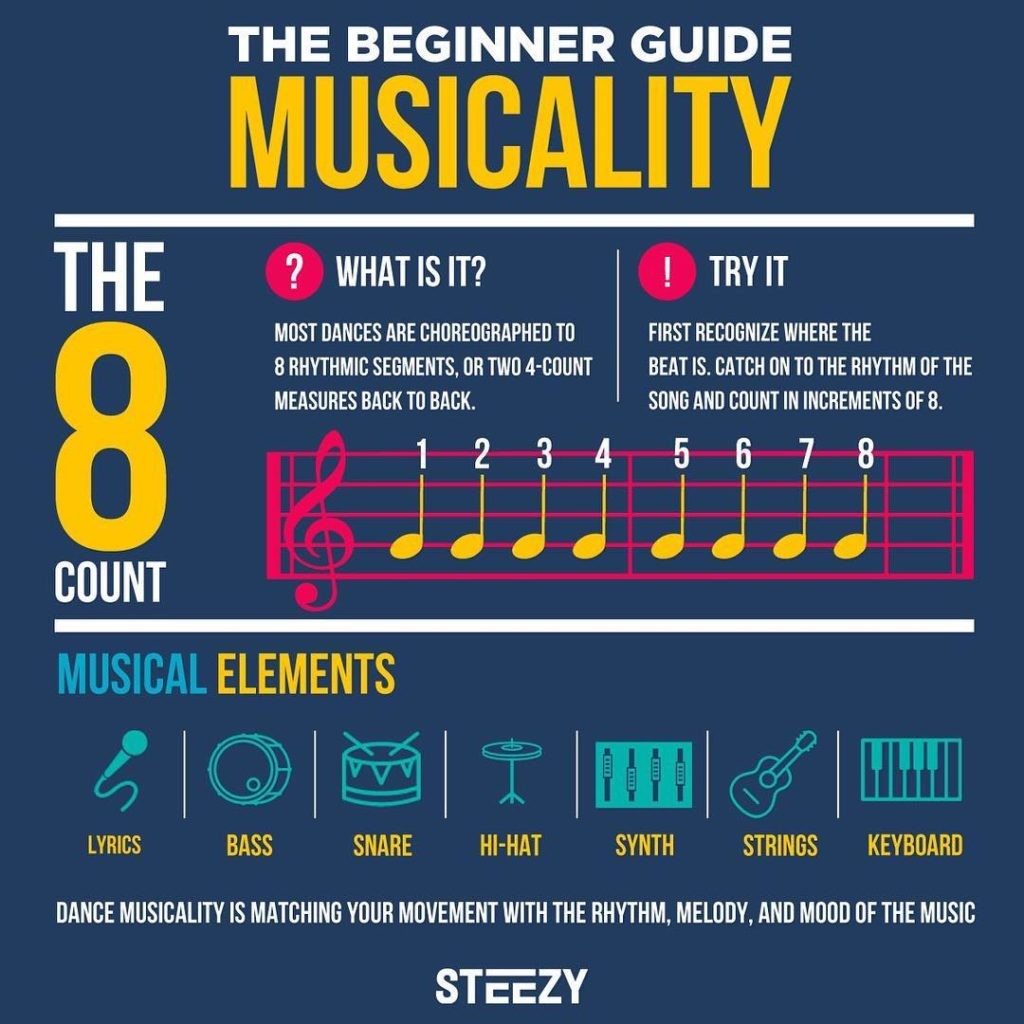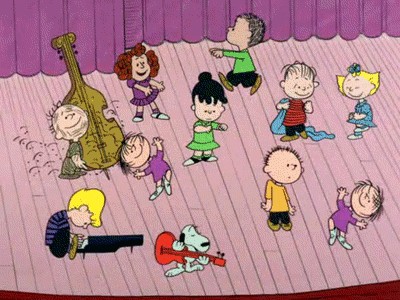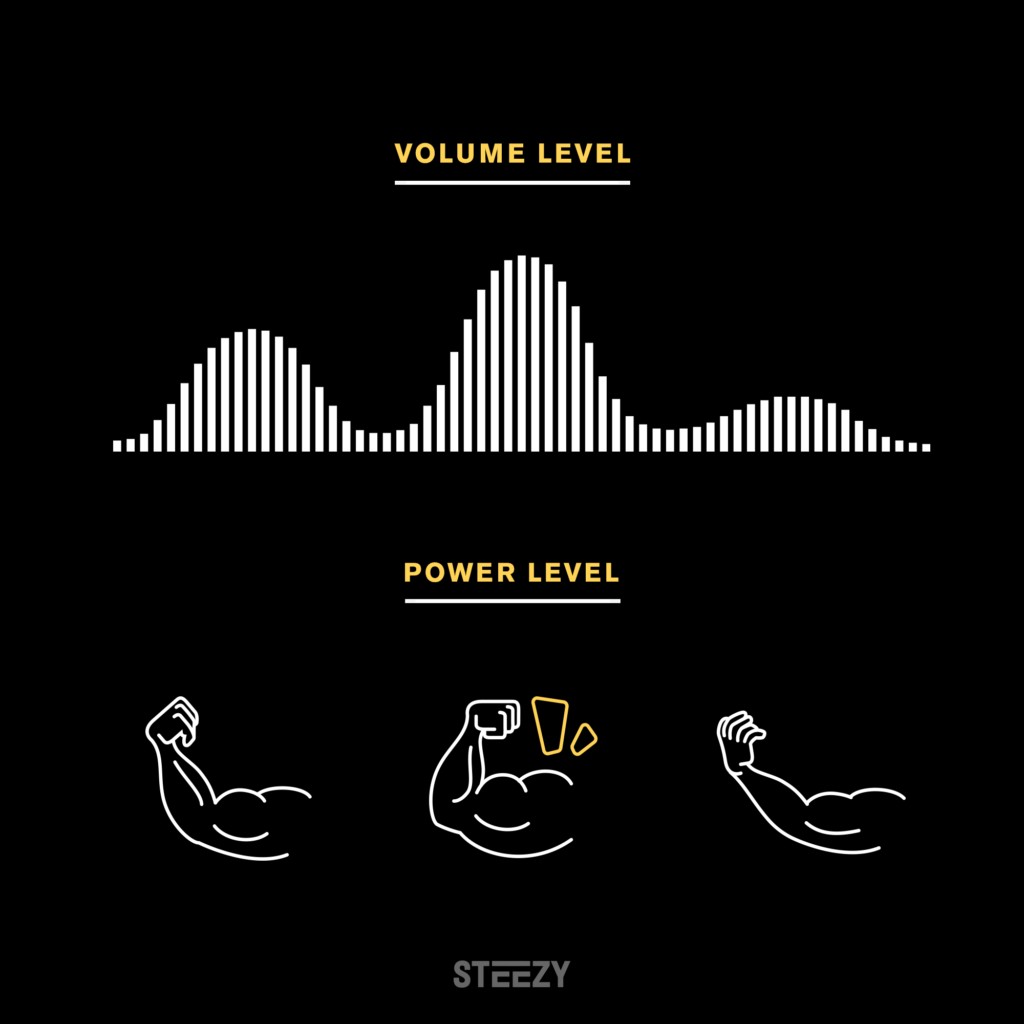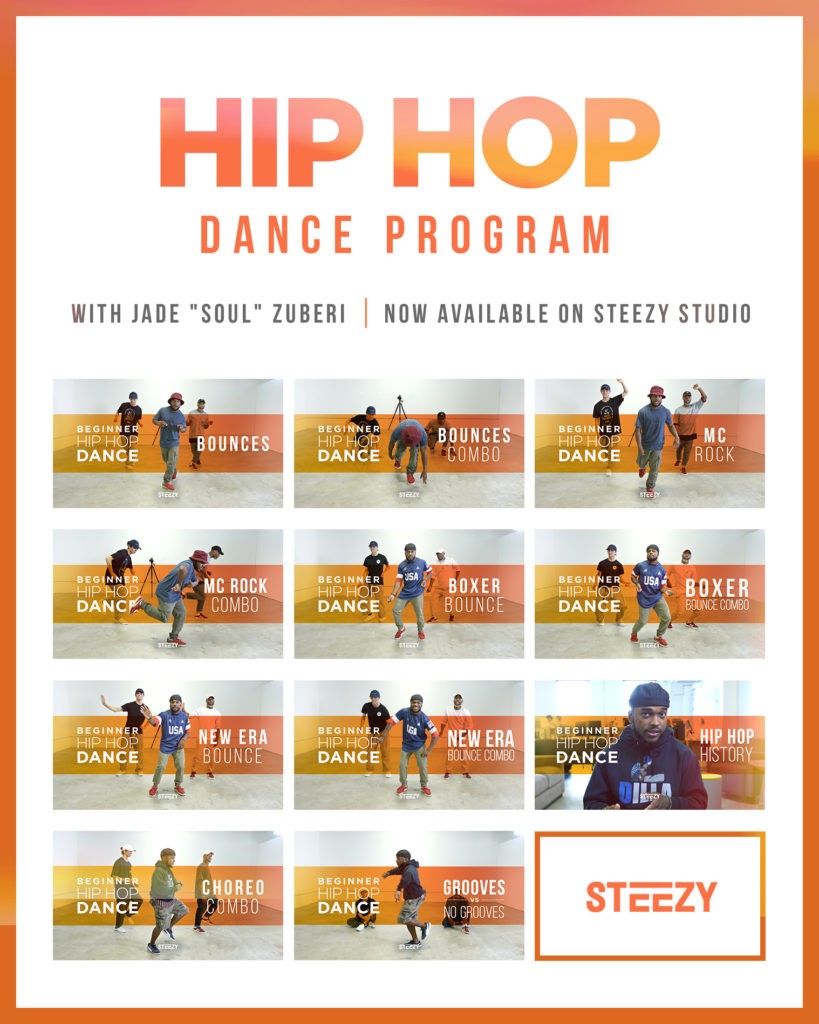Learning how to dance hip hop can be an incredibly rewarding journey, filled with self-expression and physical activity. If you’re eager to get started, LEARNS.EDU.VN is here to guide you through the essential steps. From understanding musicality and body awareness to mastering fundamental moves and finding the right classes, we provide the resources and knowledge you need to confidently express yourself. Dive into hip hop dance with LEARNS.EDU.VN and explore topics like dance styles, choreography techniques, and performance tips.
1. Understanding Musicality in Hip Hop Dance
Musicality is the cornerstone of hip hop dance, defining how dancers interpret and synchronize their movements with music. It’s about more than just hearing the beat; it’s about feeling the music and translating its nuances into physical expression.
1.1 The Significance of an 8-Count
The 8-count is a foundational tool for dancers. It provides a structured framework for understanding music and choreographing movements. Think of it as a map guiding your steps and ensuring your movements align perfectly with the rhythm.
1.1.1 Practical Exercise: Mastering the 8-Count
To grasp the 8-count, pick a song and count along, “One, two, three, four, five, six, seven, eight.” Align your counts with the song’s beat – the rhythm you naturally nod or clap to. This builds a crucial sense of timing and musical structure.
1.2 Dissecting Musical Elements
Understanding the various components of a song is essential for effective hip hop dance. By recognizing and interpreting these elements, dancers can create more dynamic and engaging performances.
1.2.1 Lyrics
Lyrics, the sung words, can be the most accessible yet challenging element. While vocals might not always strictly follow 8-counts, choreographers often incorporate miming actions that mirror the singer’s narrative.
1.2.2 Bass
The bass, the lowest sound in a composition, provides a foundational support to the melody. Often described by dancers as “boom,” the bass is associated with strong, grounded movements like stomps or impactful “Woahs.”
1.2.3 Snare
The snare, a sharp, staccato drum sound, adds a crisp, rhythmic layer to hip hop tracks. Dancers often express this sound as “ka!” and use it to synchronize quick, sharp movements such as finger snaps or sudden head turns.
1.2.4 Hi-Hat
The hi-hat, produced by a hi-hat cymbal, generates a “tss tss” sound. This often pairs with sharp movements, though it can transition into smoother grooves when the cymbal’s echo creates a reverb effect, inspiring nuanced movements.
1.2.5 Synth
Synthesizers produce electronic signals converted into sound. A synth piano, for example, might create a “wobba wobba” sound, perfect for gooey, rippling movements that mimic the sound’s undulation.
1.2.6 Strings
Guitar melodies and strums offer a unique element in more instrumental or acoustic-leaning songs. These can inspire freestyle movements that capture the song’s emotional essence.
1.2.7 Keyboard/Piano
Piano sounds emphasize the melody and harmony of a song. High-pitched notes can be mirrored with upper-body movements, while rich chords can inspire flowy, full-body expressions.
1.3 Identifying Musical Patterns
By paying close attention to music, you’ll start recognizing patterns. Perhaps a bass drum hits on the 1st and 5th counts, or a snare on every even count. Noticing these patterns will cue you into the musicality you should use when you dance. Icon Collective offers additional insights into music theory that can enhance your understanding.
1.4 Embodying Hip Hop Dance Musicality
Musicality manifests differently based on the dancer’s style, the song, and personal interpretation. For example, Pat Cruz & Aggie Loyola and Carlo Darang each create unique pieces to the same song, highlighting the diversity in musicality choices. Great choreographers uncover sounds you might miss when just listening to the song. As Scott Forsyth demonstrates in his STEEZY Studio class, familiarity with these sounds enhances your ability to embody them through movement.
2. Enhancing Body Awareness for Dance
Body awareness is a crucial element in dance. It involves understanding how your body moves and occupies space, enhancing coordination and control.
2.1 Exercise: Mindful Body Scan
Similar to yoga, enhancing body awareness involves connecting your mind and body. Muscle memory begins with muscle awareness. Lay on the floor, close your eyes, and focus on each body part. Flex or move each part to draw attention to it:
| Body Part | Focus |
|---|---|
| Arms | Notice their weight, length, and how they move from the shoulders. |
| Shoulders | Feel their mobility, rotating them gently. |
| Forearms | Recognize their role in arm movement, connecting elbow to wrist. |
| Wrist | Explore its flexibility with circular motions. |
| Fingers | Focus on individual finger movements and sensitivity. |
| Fingertips | Concentrate on the sensations at the tips of your fingers. |
| Legs | Note their strength and stability, extending from hip to ankle. |
| Thighs | Feel the power in your upper legs during flexion and extension. |
| Knees | Recognize their function as hinges, enabling leg bending. |
| Calves | Focus on the muscles in your lower legs, essential for balance and movement. |
| Ankles | Appreciate their range of motion and role in foot placement. |
| Feet | Notice their structure and connection to the ground. |
| Toes | Wiggle them to enhance awareness of their individual movements. |
| Hips | Rotate them gently to feel their mobility and connection to the core. |
| Chest | Expand and contract to feel its role in breathing and posture. |
| Upper Chest | Focus on the subtle movements in the upper part of your chest. |
| Core | Engage your tummy muscles for stability and power. |
| Lower Abdomen | Feel the support and stability provided by your lower abdominal muscles. |
| Neck | Rotate gently to feel its flexibility and connection to the head. |




2.2 Understanding Body Placements
Understanding body placement is essential for mastering dance. It involves focus, posture, and angles, enhancing your control and expression.
2.2.1 Focus
In dance, focus is the direction your face is oriented. When timed right, it can significantly enhance a piece. Common focuses include straight to the mirror, right, left, up, down, and varying degrees. Jeffrey Caluag illustrates this in his STEEZY Studio class.
2.2.2 Exercise: Neck Stretches to Rhythm
Stretch your neck to the rhythm of a song by looking to the:
- Right, left, right, left
- Up, down, up, down
- Diagonals
- Roll your neck in circles, then switch directions
2.2.3 Posture
Posture influences the style and mood of the piece. For example, whacking often requires an open chest and sharp focuses, while a laid-back piece may involve a relaxed torso and downward-directed shoulders. Melvin Timtim demonstrates posture’s impact in his STEEZY Studio class, channeling Lil Wayne’s style.
2.2.4 Pictures
Before full-body movement, study how your body feels when hitting certain angles. Breaking down hip hop dance reveals distinct stops or “pictures” within the movement. Practice creating different pictures in the mirror and observe how they make you feel.
3. Executing Hip Hop Dance Movements
3.1 The Foundation: Grooving
Grooving, the natural sway or bobbing to music, forms the foundation of hip hop dance and open-style choreography. These movements originated in clubs and parties, where people danced and vibed together.
Practicing grooves is crucial for avoiding awkwardness while dancing. Bianca Vallar emphasizes the importance of learning fundamental hip hop moves.
3.2 Energy Control: Hitting with Precision
Hitting is a foundational move in popping, enhancing musical expression. Even outside of popping, a similar technique is used to emphasize sounds in choreography. Flexing your muscles creates a visual that matches louder musical elements, like bass.
Imagine your energy levels following an audio visualizer pattern. The louder the sound, the higher the level, and the stronger your hit should be.
3.3 “Milking” a Move
“Milking” describes the movement in-between pictures, creating a pathway from point A to point B.
Here are ways “milking” is used:
- Extending Moves: Instead of abruptly ending a move, drag it out to extend its pathway past the intended stopping point.
- Transitioning: Milk from one picture into a completely new one by using a different pathway each time.
3.4 Speed Control
Manipulating speed is crucial for shifting dynamics and textures. Practice speed control by imagining your arms hitting a wall. Instead of stopping, use that wall as a checkpoint to change your speed, moving from fast and hard hits to complete “milking.”
3.5 Textures
Textures in dance mirror the physical connotation of the word. Think of how a song feels. Is it staccato with abrupt starts and stops? Is it flowy and silk-like, with lots of vocals? Is it gruff and interrupted, like an angry rap song? The variation in your hits, milks, and speed contributes to matching the music.
4. Finding the Right Hip Hop Dance Class and Training
Taking a class is one of the best ways to practice any skill, providing structure and expert guidance.
4.1 Locating Hip Hop Dance Classes
If you lack dancer friends for introductions, use the internet. Conduct Google or Yelp searches using keywords like “Dance classes in [your area],” “Dance studios in [your area],” or “Hip Hop classes in [your area].”
Instagram is also a great tool for finding dance studios and classes. If you keep noticing flyers or class videos, click the location link to find the studio.
4.2 Selecting the Right Class
Once you’ve found potential studios, review their websites or call to inquire about class offerings. Ensure you feel comfortable diving into your first class and that it benefits you rather than feeling defeated. A beginner-level dance class is typically the best starting point.
4.3 Preparing for Your First Class
Choose an outfit that is loose and comfortable, and in which you feel confident. Register at the front desk, pay for your “Drop-In” class, and wait for the room to be ready. You can stretch or talk to other dancers. Remember: your mindset is key. Embrace learning instead of feeling intimidated.
4.4 Class Etiquette
Beyond the learning process, consider these class etiquette notes:
4.4.1 Asking Questions
It’s perfectly fine to ask questions if you’re struggling. However, try to figure out the answer yourself first.
4.4.2 Switching Lines
When the choreographer says to “switch lines,” move to the back if you’re in front, and vice versa, ensuring everyone has a fair view.
4.4.3 Switching Inside/Out
If the choreographer asks to switch “inside out,” move closer to the walls if you’re in the middle, and vice versa.
4.4.4 Sitting Down
Sit when the choreographer is demonstrating moves and you’re in front, or when the studio is crowded, and the choreographer needs to teach the back half.
4.5 Choreographer Cues
Understanding the choreographer’s instructions can help you learn more effectively.
4.5.1 “Watch”
When the choreographer says “Watch,” those in front should kneel or sit. Even if you know the moves, watch closely to note the piece’s count, tempo, and how the choreographer executes each move.
4.5.2 “Mark it”
Marking means doing the piece more in your head than on your body, with less energy. Be conscious of the music, timing, and body placements.
4.5.3 “Go Full Out”
Going “full out” means using 100% of your energy, combining cleanliness, timing, and power.
4.6 How to Learn in Class
Learning in a hip hop dance class involves observing, listening, and practicing with awareness.
4.6.1 Learning Choreography
Take note of pictures, angles, footwork, and focus.
4.6.2 Choreographer’s Execution
Watch the choreographer and note their texture, dynamics, milking, demeanor, posture, facials, and energy levels.
4.6.3 Listening to Music
Knowing the music involves understanding the sounds you’re hitting, when those sounds come in, the tempo, mood, and style of the song.
4.6.4 Practice Performance
Add your personal flair to the choreography. Include your freestyle, facials, and personal swag.
4.7 Post-Class Activities
After learning the moves, there will be a few things the choreographer has you do.
4.7.1 Groups
The room is divided into sections, and each group performs while others watch. This can be intimidating but is integral to growth.
4.7.2 Select Group
The choreographer may call out a “select group” of dancers they noticed, providing a learning opportunity for the rest of the class.
4.7.3 Recording Class Footage
Someone may record you dance. Always ask the choreographer for permission first.
4.7.4 Choreographer’s Solo
The choreographer will likely perform the piece. This is a valuable moment for observation and learning.
4.7.5 Thanking the Choreographer
Thank the choreographer for sharing their craft. You can introduce yourself, say thank you, and ask for the song title and artist.
5. Setting Future Goals
After your initial steps, set goals to direct your dance journey.
5.1 Training in Different Styles
Keep exploring different classes at different studios to achieve versatility. Make a list of styles or choreographers you want to train under, and strategize for variety.
5.2 Leveling Up: Advanced Choreography
Set a date for an advanced class you want to take in a few months. Seek out increasingly challenging classes, and continue to train as a beginner to strengthen your foundation.
5.3 Getting Involved in the Community
To get to know fellow dancers, take initiative by introducing yourself to familiar faces in class and studio staff. Attend dance shows, competitions, and team fundraisers.
5.4 Auditioning for a Dance Team
Auditioning for a hip hop dance team will test your skills and offer training and networking opportunities. Research teams in your area and inquire about auditions.
Learning how to dance hip hop is an ongoing journey. Embrace the process, and keep pushing yourself to grow. We at LEARNS.EDU.VN are excited to be a part of your dance journey!
Unlock your dance potential with LEARNS.EDU.VN. Explore our comprehensive resources and expert guidance to master hip hop dance. Visit us at LEARNS.EDU.VN and take the first step toward your dance aspirations.
For more information, contact us at:
- Address: 123 Education Way, Learnville, CA 90210, United States
- WhatsApp: +1 555-555-1212
- Website: LEARNS.EDU.VN
FAQ: Learning How to Dance Hip Hop
1. What are the essential foundations for learning hip hop dance?
The essential foundations include understanding musicality, developing body awareness, and mastering fundamental moves like grooves and hits.
2. How important is musicality in hip hop dance, and how can I improve it?
Musicality is crucial. You can improve it by learning to count music, recognizing different musical elements, and practicing how to translate those elements into movement.
3. What is an 8-count, and why is it important in dance?
An 8-count is a tool used to break down the structure of music. It provides a framework for choreographing movements in sync with the rhythm.
4. How can I improve my body awareness for hip hop dance?
You can improve body awareness through exercises like mindful body scans, focusing on posture, and practicing different body placements.
5. What should I wear to my first hip hop dance class?
Wear something that is loose and comfortable, and in which you feel confident.
6. What should I expect in a beginner hip hop dance class?
Expect a warm-up, instruction on basic steps and techniques, a choreographed routine, and a chance to perform in groups.
7. How can I find a good hip hop dance class in my area?
Search online using keywords like “Hip Hop classes near me,” check local dance studios’ websites, and ask for recommendations from other dancers.
8. What are some tips for not feeling awkward when I dance?
Focus on grooving, mastering basic steps, understanding your body, and practicing regularly.
9. How important is it to learn different styles of hip hop dance?
Learning different styles can help you become a versatile dancer, expand your knowledge, and develop your own unique style.
10. How can LEARNS.EDU.VN help me learn hip hop dance?
learns.edu.vn provides comprehensive resources, expert guidance, and a supportive community to help you master hip hop dance. Explore our articles and courses to begin your dance journey.